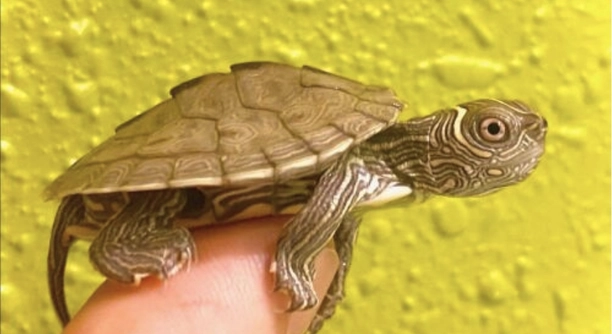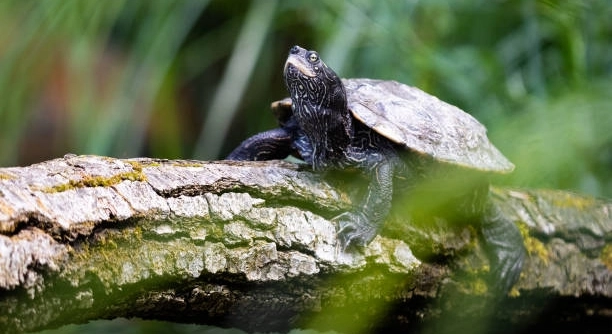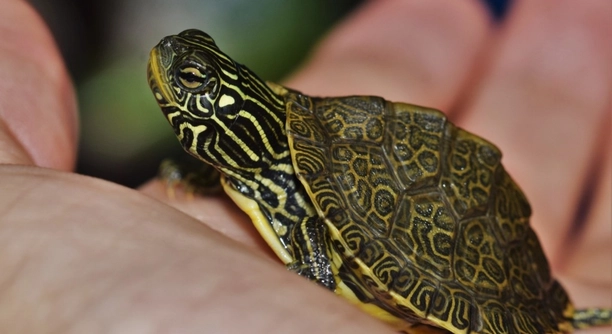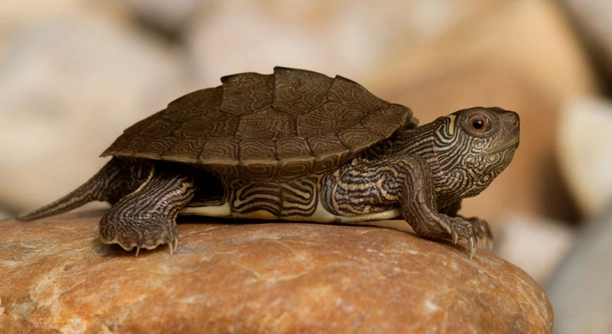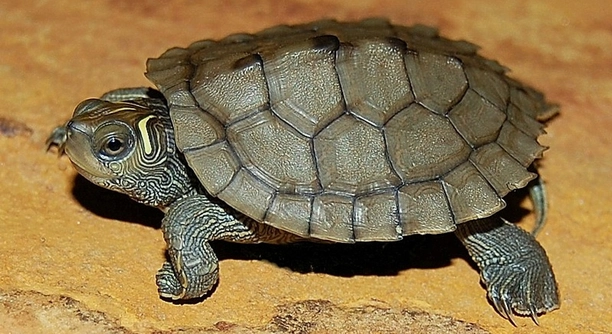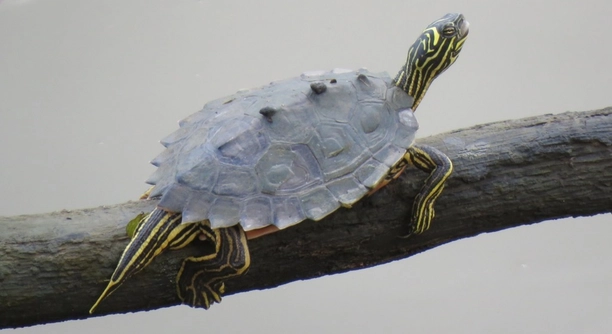How to Prevent Burns from a Heat Lamp in Map Turtles
When caring for map turtles, ensuring they are kept in a safe and comfortable environment is important. Heat lamps are commonly used to provide warmth, but they can also pose a risk of burns if not properly managed. To prevent burns from a heat lamp, it is essential to maintain the correct distance between the … Read more

